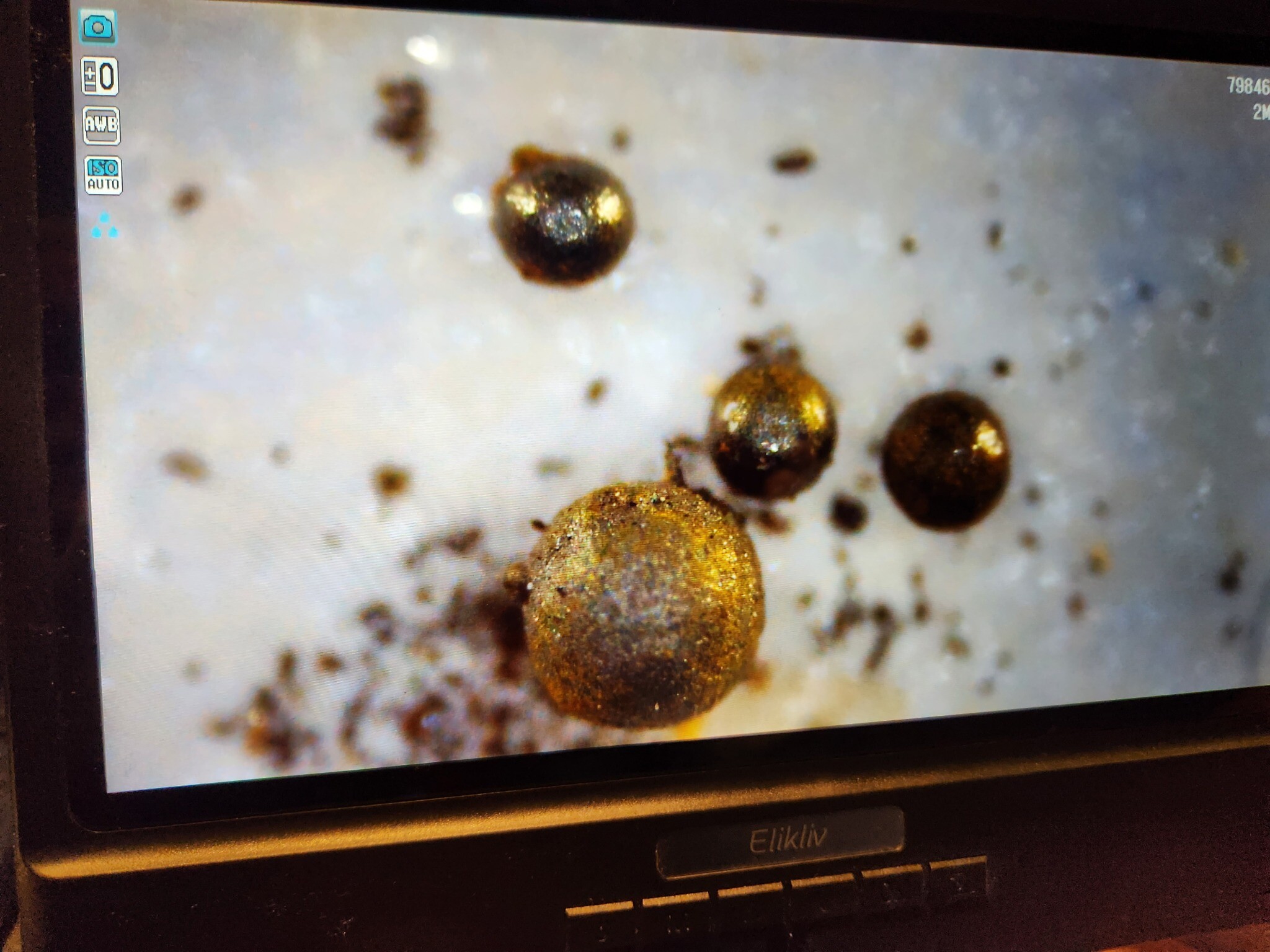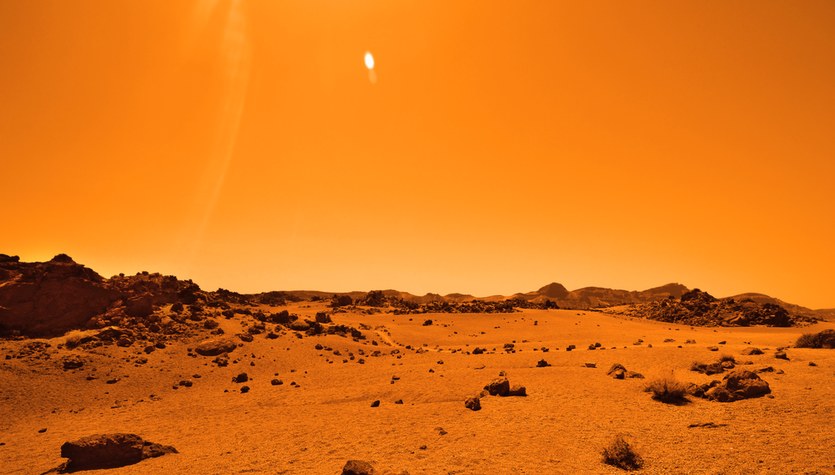The South Korea Aerospace Research Institute (KARI) has released images of Earth taken by the Danuri spacecraft from orbit around the Moon. The probe, whose name is an acronym for the Korean words for “moon” and “enjoy,” launched on a SpaceX rocket last August and entered orbit around the Silver Globe in December. Its research will help select potential lunar landing sites. South Korea plans such a landing in 2032. After 12 years, Seoul wants to put a probe on Mars.
The KPLO (Korea Pathfinder Lunar Orbiter) probe, which received its name Danuri as a result of a public competition, began its mission in the United States, where it was launched into space on August 5 by a SpaceX rocket. On December 17, KPLO was the first Korean probe to enter orbit at the Silver Globe. Danuri is equipped with four local search instruments and a camera provided by NASA. Its primary mission is to photograph the lunar surface, including the polar regions, where future manned missions will land.
KPLO’s flight to the Moon took a relatively long time, more than 4 months, but it was sent on a fuel-efficient trajectory. After entering orbit at an altitude of about 100 km, Danori has already taken a number of images, and will start a full research program in January. Two Korean cameras will make it possible to study the surface of the Silver Globe. The first takes pictures with a resolution of 2.5 meters. The second, analyzing the polarization of the reflected light, will help analyze its composition. As we read on “The Planetary Society” website, scientists hope this will help better understand the history of lunar volcanism.
KPLO is also equipped with a gamma-ray spectrometer, whose measurements will complement the study of the composition of the lunar surface, as well as a magnetometer, which will allow us to better understand and evaluate the remnants of the natural satellite’s magnetic field. How far can it provide protection against cosmic radiation. The magnetic field can also reveal information about its past. The latest tool introduced by NASA is something called ShadowCam. This is a high sensitivity camera that will be used to image regions around the poles that are always hidden in shadow. Their research aims to help obtain information about potential water supplies, which could be crucial for future manned missions.
Areas where solar radiation does not reach the moon directly will be explored by future rovers. Right now, it’s hard to know it precisely enough to be able to plan a landing there. Too little diffuse radiation reaches NASA’s Lunar Reconnaissance Orbiter and ISRO Chandrayaan 2. Their cameras just aren’t sensitive enough. Set to be a game-changer, the ShadowCam is at least 200 times more sensitive than the LRO’s onboard equipment and is supposed to depict shaded areas as if they were in full sun. With an accuracy of 1.7 metres, it should show whether there are already layers of water ice that future crews can use.

Echo Richards embodies a personality that is a delightful contradiction: a humble musicaholic who never brags about her expansive knowledge of both classic and contemporary tunes. Infuriatingly modest, one would never know from a mere conversation how deeply entrenched she is in the world of music. This passion seamlessly translates into her problem-solving skills, with Echo often drawing inspiration from melodies and rhythms. A voracious reader, she dives deep into literature, using stories to influence her own hardcore writing. Her spirited advocacy for alcohol isn’t about mere indulgence, but about celebrating life’s poignant moments.








